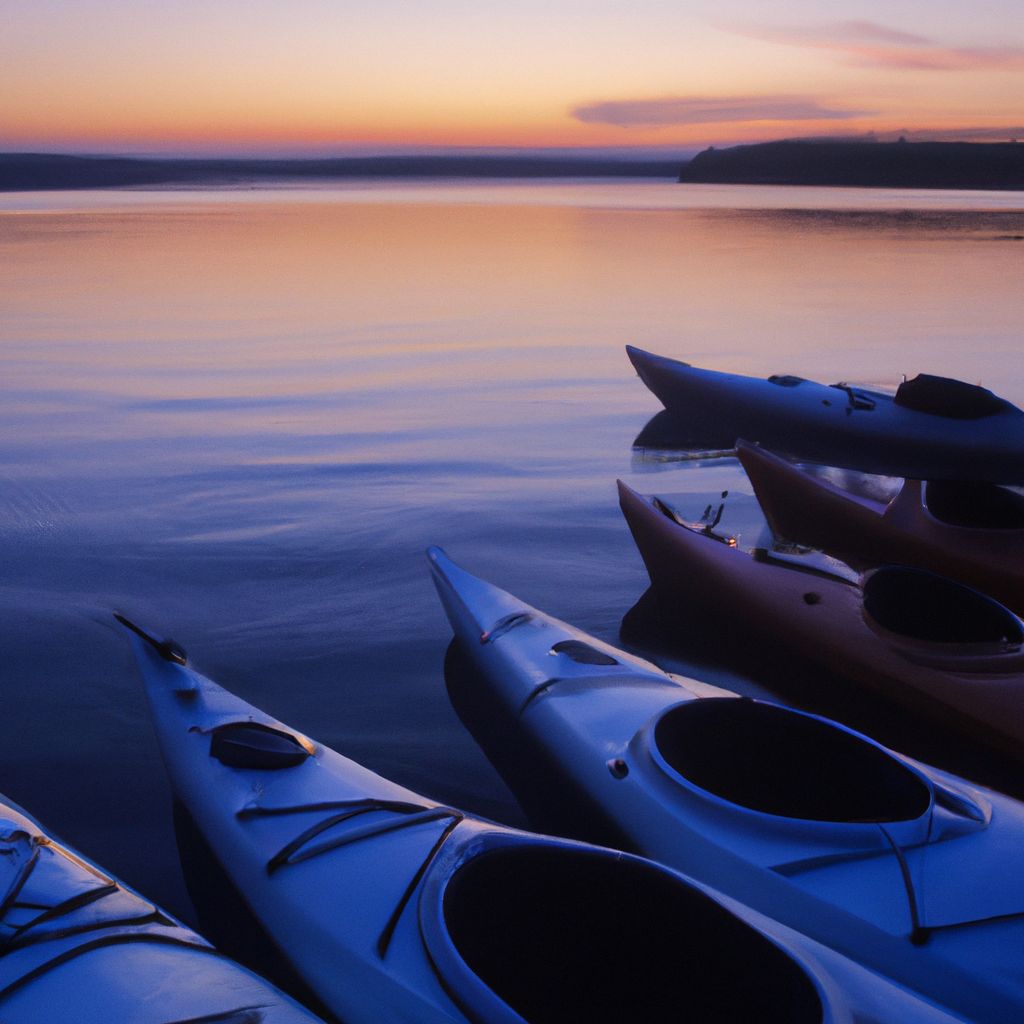- Introduction to Recreational Paddling
- Understanding Kayaks: Types and Functions
- Choosing the Best Kayak for Recreational Paddling
- Top Picks for the Best Kayaks for Recreational Paddling
- Maintenance and Care for Your Kayak
- Safety Tips for Recreational Paddling
- Conclusion
Introduction to Recreational Paddling
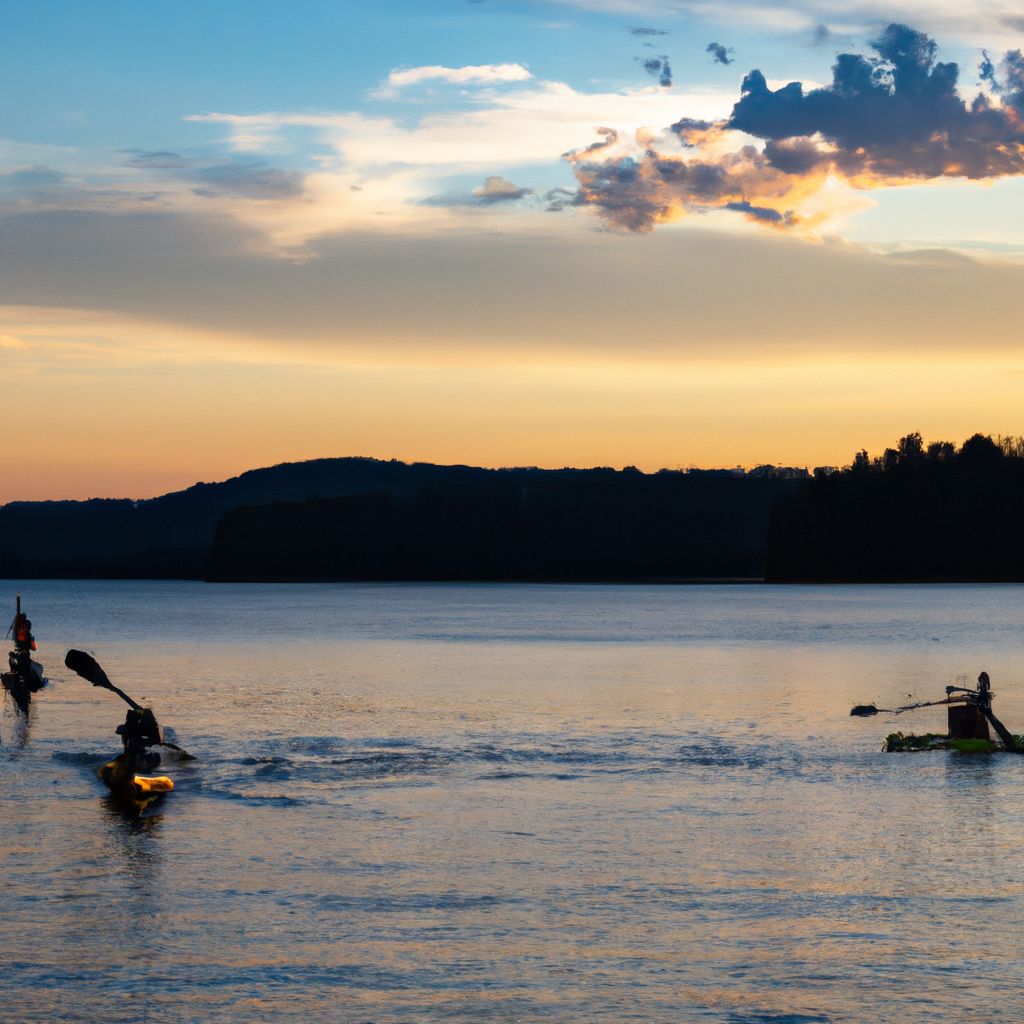
Recreational paddling signifies a delightful blend of relaxation, exercise, and exploration. The activity has been rapidly gaining popularity worldwide, with the Outdoor Foundation’s 2019 report indicating that approximately 22.9 million Americans took part in kayaking, a common form of recreational paddling.
Recreational paddling typically involves calm, flat waters, making it ideal for beginners or those seeking a peaceful time on the water. It contrasts with whitewater paddling, which entails navigating rapid currents and requires more advanced skills, and sea kayaking, which is done on the open ocean and demands expertise in handling the kayak in various weather conditions.
Apart from the thrill of exploring water bodies, recreational paddling offers numerous health benefits. It is a low-impact activity that strengthens the upper body, improves cardiovascular fitness, boosts mental health, and fosters a connection with nature.
Understanding Kayaks: Types and Functions
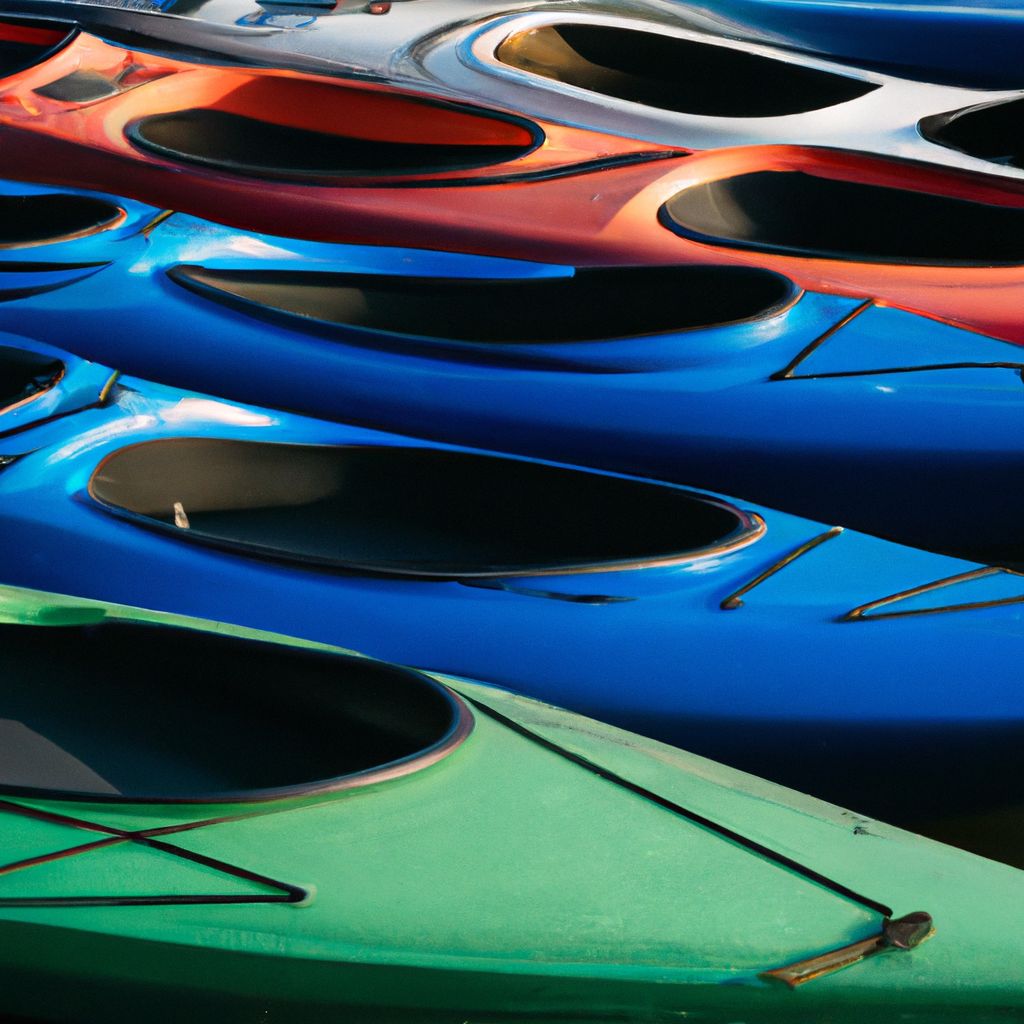
When it comes to kayaking, choosing the right type of kayak can make all the difference. With several types available, it's essential to understand their functions and features to determine the best fit for your recreational paddling needs.
| Type of Kayak | Stability | Speed | Maneuverability | Ease of Use |
|---|---|---|---|---|
| Sit-on-Top Kayak | High | Medium | High | Easy |
| Sit-In Kayak | Medium | High | Medium | Medium |
| Inflatable Kayak | High | Low | Medium | Very Easy |
| Folding Kayak | Medium | Medium | High | Medium |
Sit-on-Top Kayaks are ideal for beginners due to their high stability and ease of use. They are designed with a sealed hull and molded top, allowing paddlers to sit on top of the deck rather than inside the hull. They are typically slower than sit-in kayaks but provide excellent maneuverability.
Sit-In Kayaks are known for their speed. They are designed with an enclosed cockpit where the paddler sits, offering better control and the ability to use a spray skirt for protection against water and weather. However, they require more skill to handle than sit-on-top kayaks.
Inflatable Kayaks are extremely portable and easy to use. They offer good stability, making them suitable for beginners. However, they are generally slower and less agile than their hardshell counterparts.
Folding Kayaks are designed for convenience and portability. They offer a balance between speed and maneuverability, but their stability can vary based on the design and materials used.
Choosing the Best Kayak for Recreational Paddling
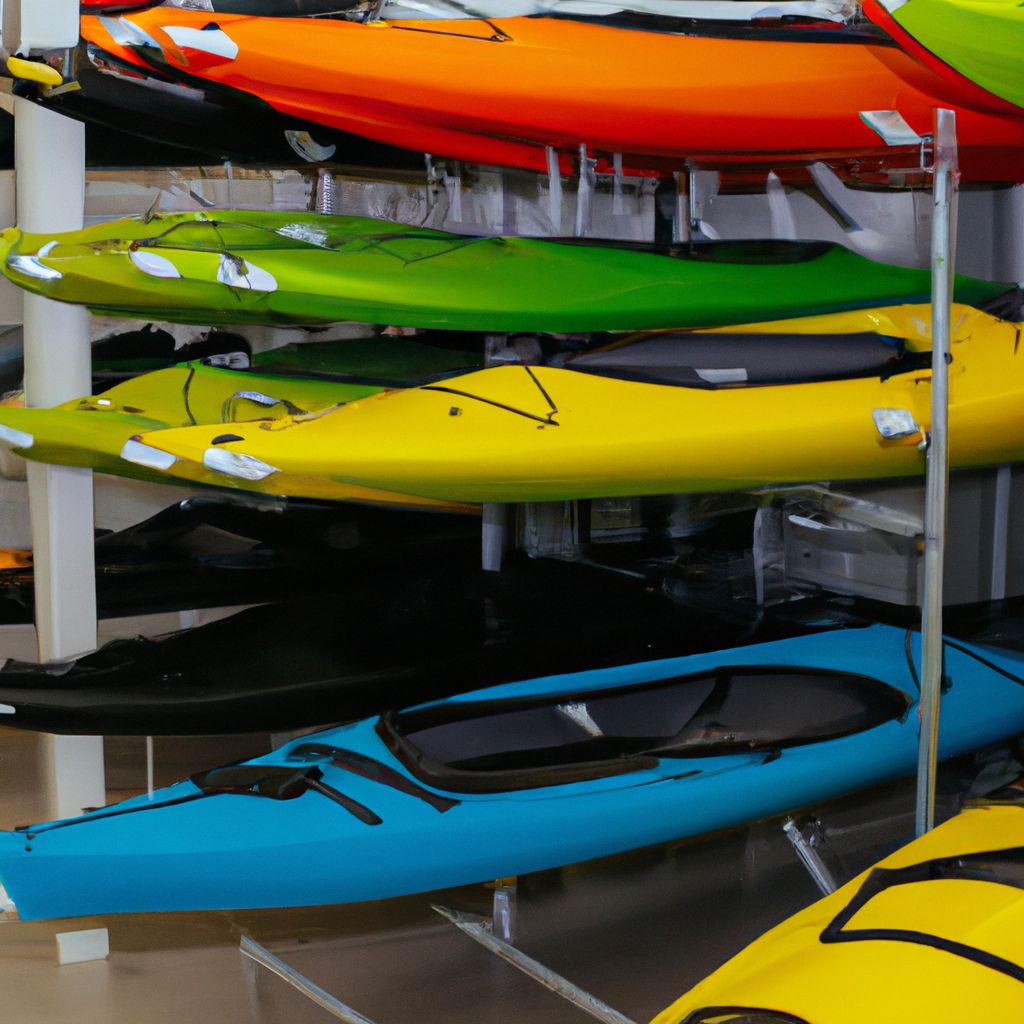
Choosing the best kayak for recreational paddling involves considering various factors, such as the paddler's skill level, the type of water body, storage and transport options, and the kayak's comfort, durability, and safety features.
Skill Level: Beginners might prefer a stable and easy-to-use kayak, like a sit-on-top or inflatable model. More advanced paddlers might opt for the speed and control provided by a sit-in kayak.
Type of Water Body: For calm lakes and slow-moving rivers, a highly stable kayak is suitable. For choppy waters or faster rivers, a kayak with good maneuverability and speed, like a sit-in or folding kayak, may be a better choice.
Storage and Transport: If you have limited storage space or need to travel long distances to your paddling location, an inflatable or folding kayak would be advantageous due to their compact size when deflated or folded.
Budget: Kayaks come in a wide range of prices, with sit-on-top and inflatable kayaks generally being more budget-friendly than sit-in and folding models.
Comfort, Durability, and Safety Features: Look for a kayak with comfortable seating, sturdy construction, and essential safety features like grab handles and drain plugs. The kayak should be made from durable material to withstand regular use and harsh weather conditions.
In conclusion, the best kayak for recreational paddling is one that fits the user's skill level, intended use, and budget, while also offering comfort, durability, and essential safety features.
Top Picks for the Best Kayaks for Recreational Paddling
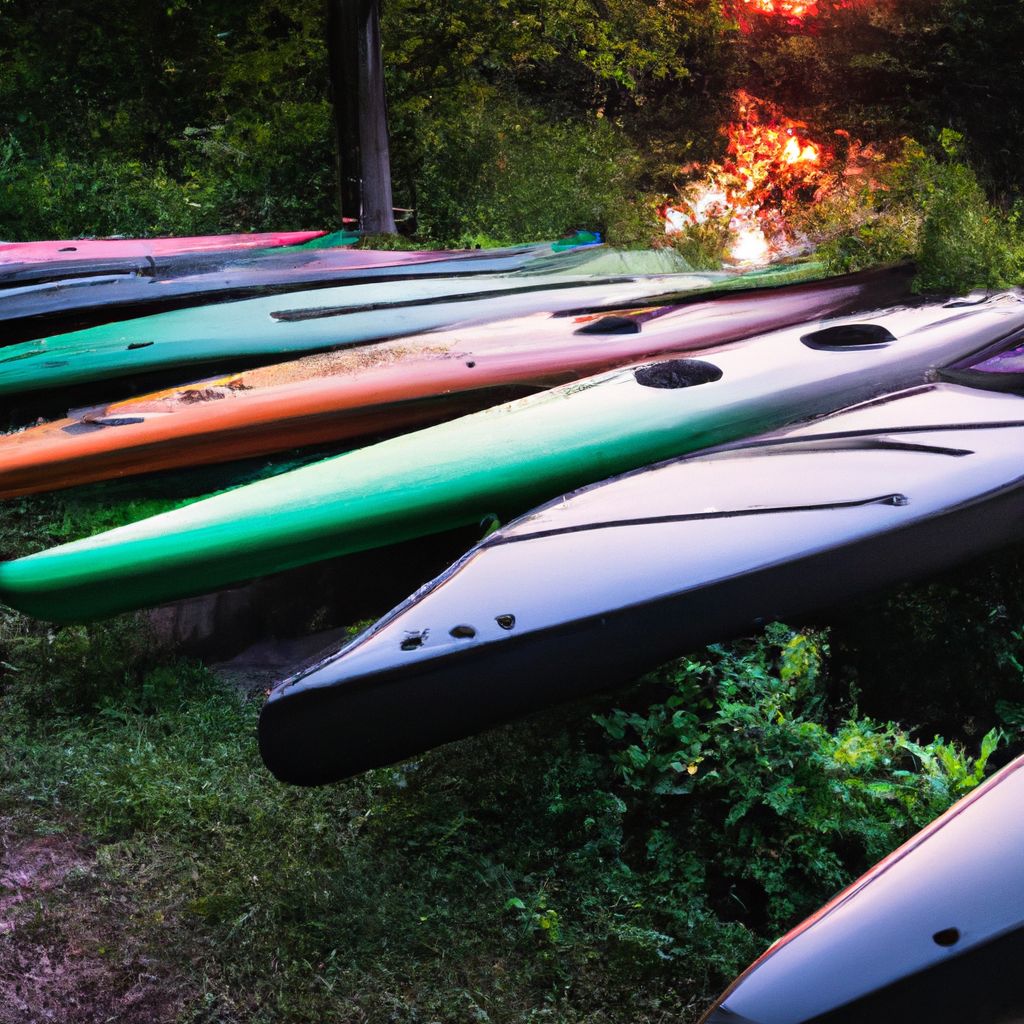
Here are our top picks for the best kayaks for recreational paddling, chosen for their stability, comfort, durability, and value for money.
- Ocean Kayak Malibu Two
This sit-on-top kayak is known for its stability and comfort. It features two Comfort Plus seats, three seating positions, and can accommodate up to two adults and a child. However, it's a bit heavy, which might make transportation a challenge. The Ocean Kayak Malibu Two is ideal for families who enjoy recreational paddling.
- Sun Dolphin Aruba 10
A sit-in kayak that offers great speed and control. It includes a large, open cockpit, adjustable foot braces, and a high back support. On the downside, it lacks a bit in stability when compared to sit-on-top models. This kayak is best suited for solo paddlers seeking speed and maneuverability.
- Intex Explorer K2 Kayak
This inflatable kayak is highly portable and easy to use, making it perfect for beginners. It features an inflatable I-beam floor for stability, two adjustable seats with backrests, and a removable skeg for directional stability. However, it may not be as durable as hardshell kayaks. The Intex Explorer K2 is ideal for those who prioritize convenience and ease of use.
- Oru Kayak Beach LT
A folding kayak that balances portability with performance. It's light, compact, and quick to assemble. It offers good speed and maneuverability but might be less stable than other models. The Oru Kayak Beach LT is suitable for those who need a high-performing, portable kayak.
Each of these kayaks offers unique advantages, and the best one for you will depend on your individual needs and preferences.
Maintenance and Care for Your Kayak
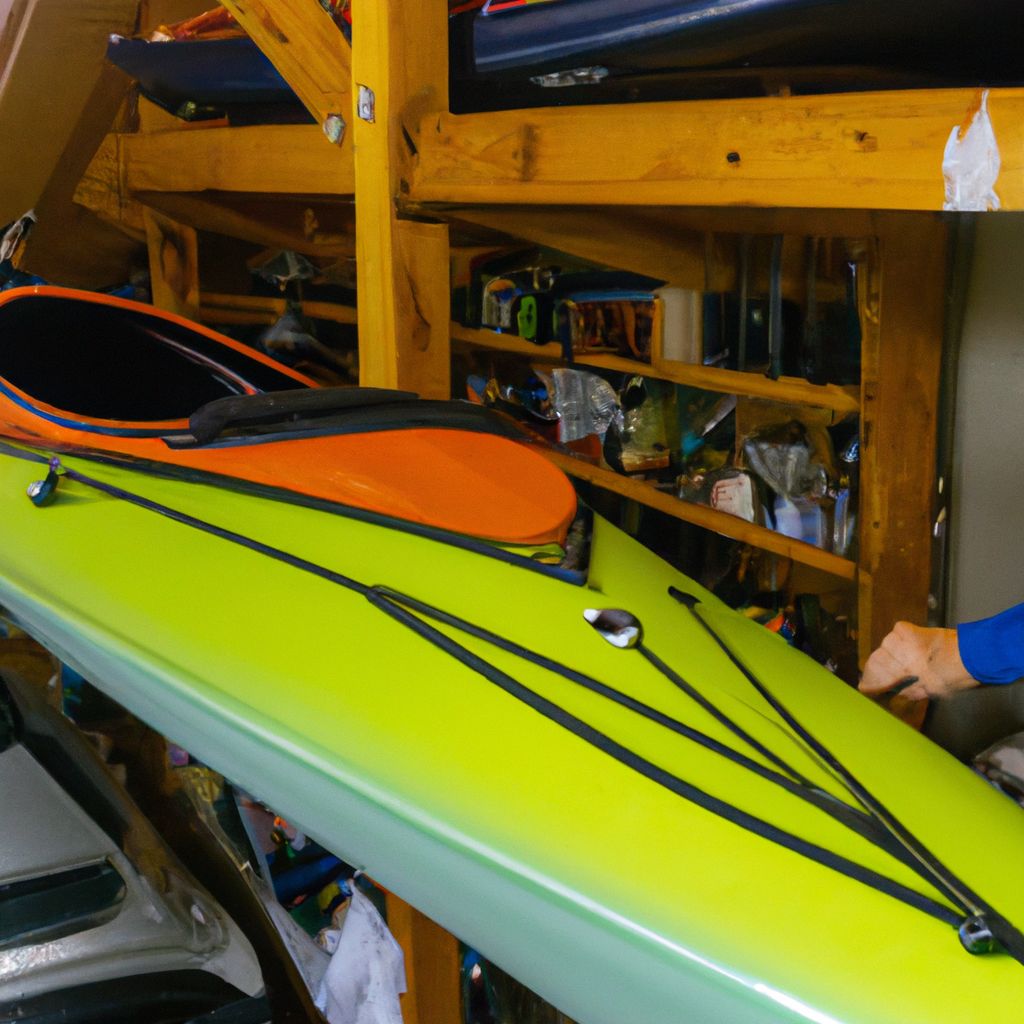
Proper maintenance and care of your kayak are critical to prolong its lifespan and maintain optimum performance. Here are some guidelines on how to keep your kayak in top shape.
- Storage: Store your kayak in a cool, dry place away from direct sunlight. UV rays can damage the material of the kayak over time. If outdoor storage is unavoidable, use a kayak cover to protect it. Always ensure the kayak is stored upside down or on its side to prevent deformation.
- Cleaning: After every use, especially in saltwater, rinse your kayak with fresh water. Use mild soap and a soft sponge to remove any dirt or grime. Make sure to completely dry the kayak before storing to prevent mold and mildew.
- Inspection: Regularly inspect your kayak for any signs of damage, such as cracks or holes. Pay special attention to the hull, as it receives the most wear and tear. Minor damages can often be repaired with a kayak repair kit, but significant damages may require professional assistance.
- Protection: Use a UV protectant spray on your kayak periodically to prevent sun damage. Avoid dragging your kayak on rough surfaces to protect the hull from scratches and gouges.
- Maintenance: Lubricate any moving parts like foot braces or rudder systems to ensure smooth operation. Check the tightness of all screws and bolts regularly and tighten them if necessary.
By following these maintenance and care tips, you can ensure your kayak remains durable and efficient for your recreational paddling adventures.
Safety Tips for Recreational Paddling
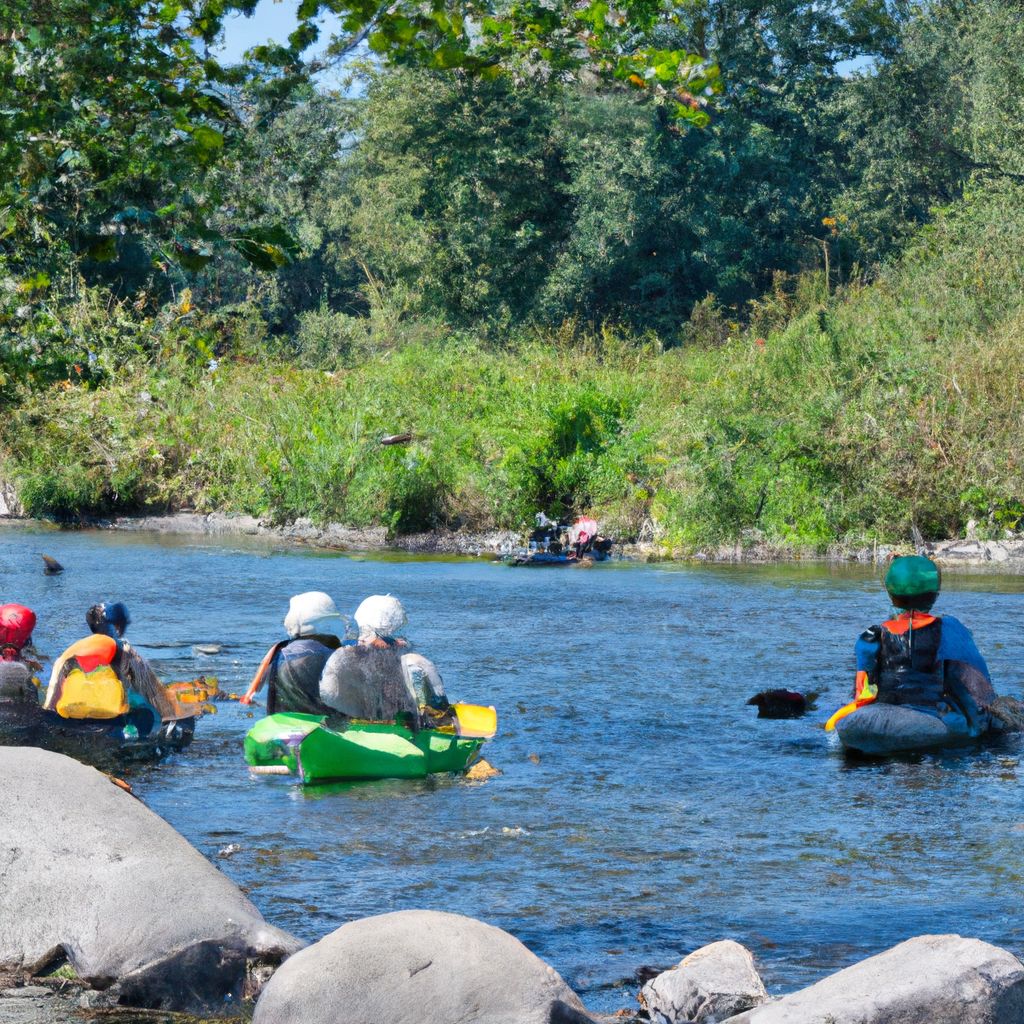
Safety should always be a top priority when engaging in recreational paddling. Here are some tips to ensure a safe and enjoyable paddling experience.
- Wear the Right Gear: Always wear a personal flotation device (PFD) while paddling. It should fit well and be approved by the relevant safety authority. Dress appropriately for the weather and water conditions. For cold conditions, consider wearing a wetsuit or drysuit.
- Understand Weather and Water Conditions: Before heading out, check the weather forecast and water conditions. Avoid paddling in severe weather or high winds. Be aware of the water temperature and potential hazards like strong currents or tides.
- Learn Basic Paddling and Rescue Techniques: Ensure you are comfortable with basic paddling techniques and maneuvers. Learn basic rescue techniques like the Eskimo roll or wet exit, even if you're paddling in calm waters.
- Never Paddle Alone: Always paddle with a buddy or in a group. Not only is it more enjoyable, but it's also safer as you can help each other in case of an emergency.
- Follow Navigation Rules: Understand and adhere to local navigation and safety rules. This includes rules about right of way, speed limits, and restricted areas.
- Carry Essential Gear: Carry essential safety gear like a bilge pump, paddle float, whistle, and a first-aid kit. A headlamp is also handy if you're paddling in low-light conditions.
Remember, no matter how experienced you are, safety should never be compromised. By following these safety tips, you can ensure a safe and enjoyable recreational paddling experience.
Conclusion
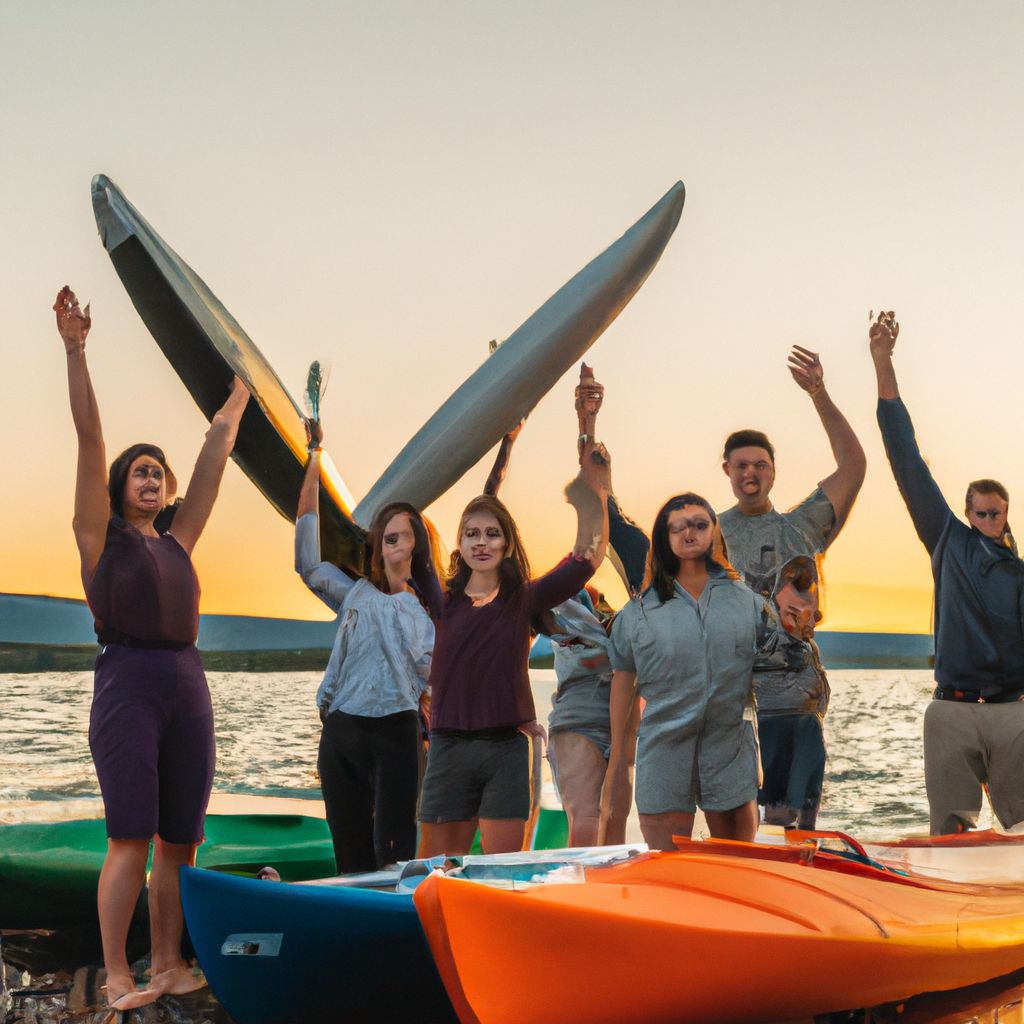
In conclusion, recreational paddling is a wonderful activity that offers a unique blend of relaxation, exercise, and exploration. The key to enjoying this activity to its fullest lies in choosing the right kayak that suits your skill level, intended use, and personal preferences. From the stable and user-friendly sit-on-top kayaks, the speedy sit-in models, to the highly portable inflatable and folding kayaks, there's a perfect kayak out there for every paddler.
Remember, aside from the type of kayak, factors like comfort, durability, safety features, and your budget are also essential considerations. Once you've chosen your ideal kayak, proper care and maintenance, coupled with adherence to safety guidelines, will ensure that you enjoy many memorable paddling adventures.
So, whether you're a seasoned paddler or a complete novice, we encourage you to embrace the joy of recreational paddling. The tranquillity of gliding over the water, the thrill of navigating your course, and the sheer pleasure of being close to nature are experiences truly worth pursuing.


